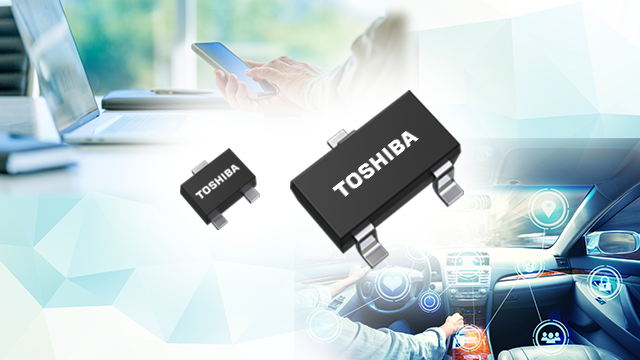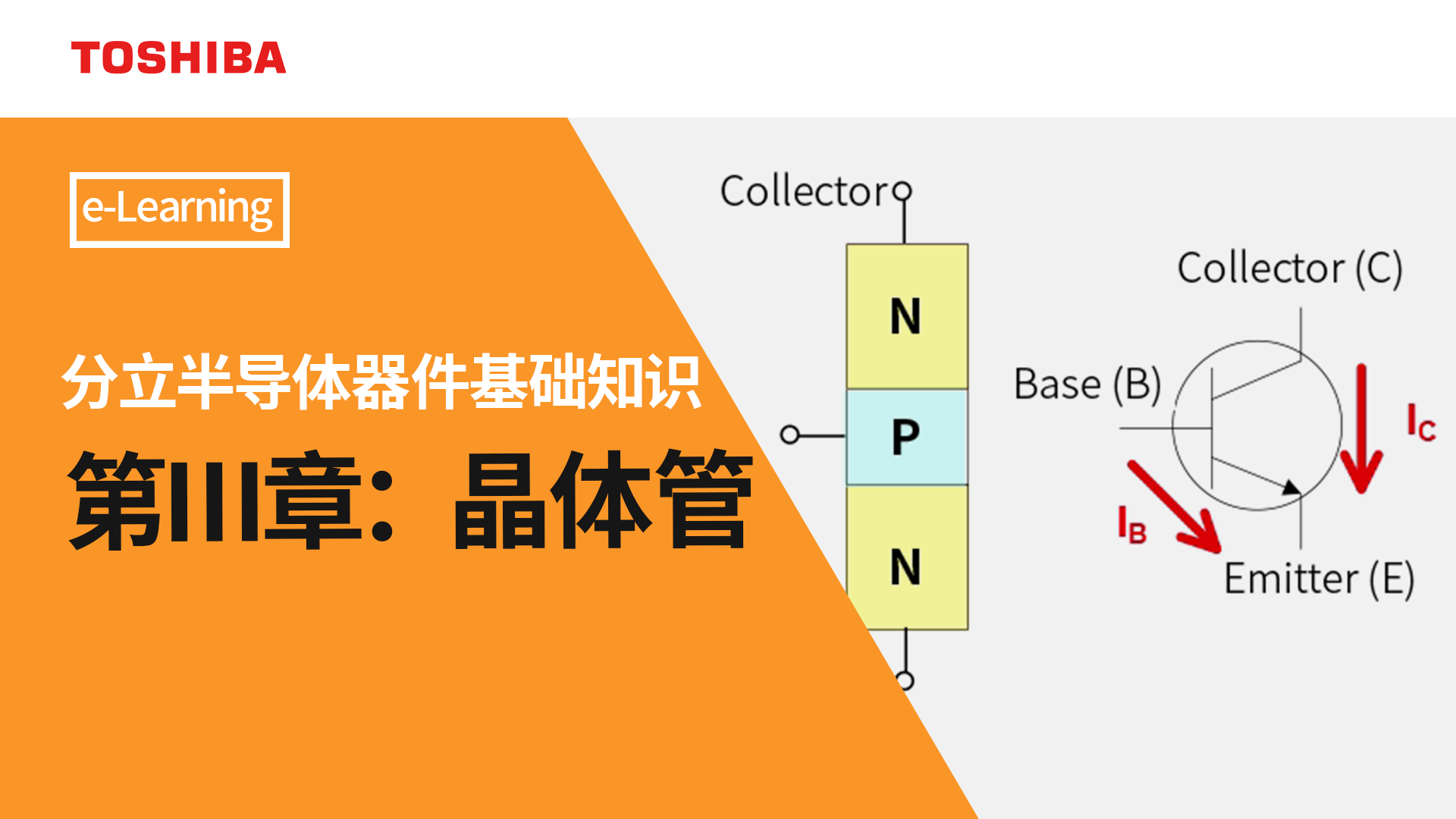- 型号 & 关键词搜索
- 交叉搜索
- 参数搜索
- 库存查询与购买
This webpage doesn't work with Internet Explorer. Please use the latest version of Google Chrome, Microsoft Edge, Mozilla Firefox or Safari.
请输入3个以上字符 Search for multiple part numbers fromhere.
The information presented in this cross reference is based on TOSHIBA's selection criteria and should be treated as a suggestion only. Please carefully review the latest versions of all relevant information on the TOSHIBA products, including without limitation data sheets and validate all operating parameters of the TOSHIBA products to ensure that the suggested TOSHIBA products are truly compatible with your design and application.Please note that this cross reference is based on TOSHIBA's estimate of compatibility with other manufacturers' products, based on other manufacturers' published data, at the time the data was collected.TOSHIBA is not responsible for any incorrect or incomplete information. Information is subject to change at any time without notice.
请输入3个以上字符
npn晶体管和pnp晶体管如何工作?

双极晶体管(双极结型晶体管:BJT)由集电极、基极和发射极等区域组成,极薄的基极区位于集电极区和发射极区之间。基极区共享的集电极和发射极之间两个pn结。为获得高电流增益,发射极区的掺杂程度比基极区高出几个数量级。
BJT通过在发射极和基极之间施加正向电压VBE来导通基极和发射极之间的PN结。从发射极流向基极的载流子(发射极电流)是通过升高和降低BE之间的能垒来控制的,BE之间的电压由基极电流决定。
发射极的杂质浓度高,大量载流子流入。此外,由于基极宽度较薄,所以几乎没有复合就流入集电极。因此,BJT充当放大基极电流的元件。
让我们考虑一下npn晶体管,其中集电极电位高于发射极电位,而基极电位比发射极电位约高出0.7 V。换言之,基极-发射极结发生正向偏置,而基极-集电极结发生反向偏置。
当基极-发射极结发生正向偏置时,小电流流入基极,将空穴注入p型掺杂的基极区。这降低了基极和发射极之间的能垒,允许发射极中的一些自由电子扩散到基极。由于发射极和基极之间的杂质浓度不同,基极中的空穴数量与扩散的电子相比较少,而且基极非常薄。 由于电子数量多于空穴且在基极存在的时间短,大部分扩散的电子到达基极-集电极结并流入集电极而不复合。 这就是集电极电流。
直流电流增益hFE主要由基极和发射极之间的杂质浓度差以及基极宽度的厚度决定。BJT是一种集电极电流可由基极电流控制的器件。
接下来,我们考虑一下 pnp 晶体管。 假设集电极电位低于发射极电位,并且基极电位比发射极电位低大约0.7 V。如为pnp晶体管,电子被注入n型掺杂的基极区。这降低了能垒并允许一些空穴扩散出发射极。其中一些空穴与注入基极区域的电子重新结合。 剩余的空穴扩散穿过基极区域,到达集电极。
相关信息
以下文档也包含相关信息:



